1. Lee SG, Hwang S. 2005; How I do it: assessment of hepatic functional reserve for indication of hepatic resection. J Hepatobiliary Pancreat Surg. 12:38–43. DOI:
10.1007/s00534-004-0949-9. PMID:
15754098.

2. Shirabe K, Shimada M, Gion T, Hasegawa H, Takenaka K, Utsunomiya T, et al. 1999; Postoperative liver failure after major hepatic resection for hepatocellular carcinoma in the modern era with special reference to remnant liver volume. J Am Coll Surg. 188:304–309. DOI:
10.1016/S1072-7515(98)00301-9.

3. Hwang S, Ha TY, Song GW, Jung DH, Ahn CS, Moon DB, et al. 2015; Quantified risk assessment for major hepatectomy via the indocyanine green clearance rate and liver volumetry combined with standard liver volume. J Gastrointest Surg. 19:1305–1314. DOI:
10.1007/s11605-015-2846-8. PMID:
25947549.

4. Hwang S, Ha TY, Ahn CS, Kim KH, Lee SG. 2007; Reappraisal of plasmapheresis as a supportive measure in a patient with hepatic failure after major hepatectomy. Case Rep Gastroenterol. 1:162–167. DOI:
10.1159/000107510. PMID:
21487563. PMCID:
PMC3073805.

5. Choe W, Kwon SW, Kim SS, Hwang S, Song GW, Lee SG. 2017; Effects of therapeutic plasma exchange on early allograft dysfunction after liver transplantation. J Clin Apher. 32:147–153. DOI:
10.1002/jca.21472. PMID:
27306278.

6. Park CS, Hwang S, Park HW, Park YH, Lee HJ, Namgoong JM, et al. 2012; Role of plasmapheresis as liver support for early graft dysfunction following adult living donor liver transplantation. Transplant Proc. 44:749–751. DOI:
10.1016/j.transproceed.2012.01.054. PMID:
22483485.

7. Lee JY, Kim SB, Chang JW, Park SK, Kwon SW, Song KW, et al. 2010; Comparison of the molecular adsorbent recirculating system and plasmapheresis for patients with graft dysfunction after liver transplantation. Transplant Proc. 42:2625–2630. DOI:
10.1016/j.transproceed.2010.04.070. PMID:
20832557.

8. Lafaro K, Buettner S, Maqsood H, Wagner D, Bagante F, Spolverato G, et al. 2015; Defining post hepatectomy liver insufficiency: where do we stand? J Gastrointest Surg. 19:2079–2092. DOI:
10.1007/s11605-015-2872-6. PMID:
26063080.

9. Kauffmann R, Fong Y. 2014; Post-hepatectomy liver failure. Hepatobiliary Surg Nutr. 3:238–246.
10. Naruse K, Nagashima H, Sakai Y, Kokudo N, Makuuchi M. 2005; Development and perspectives of perfusion treatment for liver failure. Surg Today. 35:507–517. DOI:
10.1007/s00595-004-2980-5. PMID:
15976945.

11. Wells CL, Maddaus MA, Simmons RL. 1988; Proposed mechanisms for the translocation of intestinal bacteria. Rev Infect Dis. 10:958–979. DOI:
10.1093/clinids/10.5.958. PMID:
3055194.

12. Mandal AK, King KE, Humphreys SL, Maley WR, Burdick JF, Klein AS. 2000; Plasmapheresis: an effective therapy for primary allograft nonfunction after liver transplantation. Transplantation. 70:216–220.
13. Ozdemir FN, Tutal E, Sezer S, Gür G, Bilgic A, Haberal M. 2006; Effect of supportive extracorporeal treatment in liver transplantation recipients and advanced liver failure patients. Hemodial Int. 10 Suppl 2:S28–S32. DOI:
10.1111/j.1542-4758.2006.00113.x. PMID:
17022748.

14. Inayat F, Hussain Q, Tasleem SH, Farooq S, Hurairah A. 2016; Salvage plasmapheresis for post-hepatectomy liver failure. Cureus. 8:e884. DOI:
10.7759/cureus.884.

15. Gui D, Spada PL, De Gaetano A, Pacelli F. 1996; Hypocholesterolemia and risk of death in the critically ill surgical patient. Intensive Care Med. 22:790–794. DOI:
10.1007/BF01709522. PMID:
8880248.

16. Giovannini I, Boldrini G, Chiarla C, Giuliante F, Vellone M, Nuzzo G. 1999; Pathophysiologic correlates of hypocholesterolemia in critically ill surgical patients. Intensive Care Med. 25:748–751. DOI:
10.1007/s001340050940. PMID:
10470581.

17. Chen J, Song W, Redinger RN. 1996; Effects of dietary cholesterol on hepatic production of lipids and lipoproteins in isolated hamster liver. Hepatology. 24:424–434. DOI:
10.1002/hep.510240222. PMID:
8690415.

19. Larsen FS, Schmidt LE, Bernsmeier C, Rasmussen A, Isoniemi H, Patel VC, et al. 2016; High-volume plasma exchange in patients with acute liver failure: an open randomised controlled trial. J Hepatol. 64:69–78. DOI:
10.1016/j.jhep.2015.08.018. PMID:
26325537.

20. Yamamoto R, Nagasawa Y, Marubashi S, Furumatsu Y, Iwatani H, Iio K, et al. 2009; Early plasma exchange for progressive liver failure in recipients of adult-to-adult living-related liver transplants. Blood Purif. 28:40–46. DOI:
10.1159/000210036. PMID:
19325238.

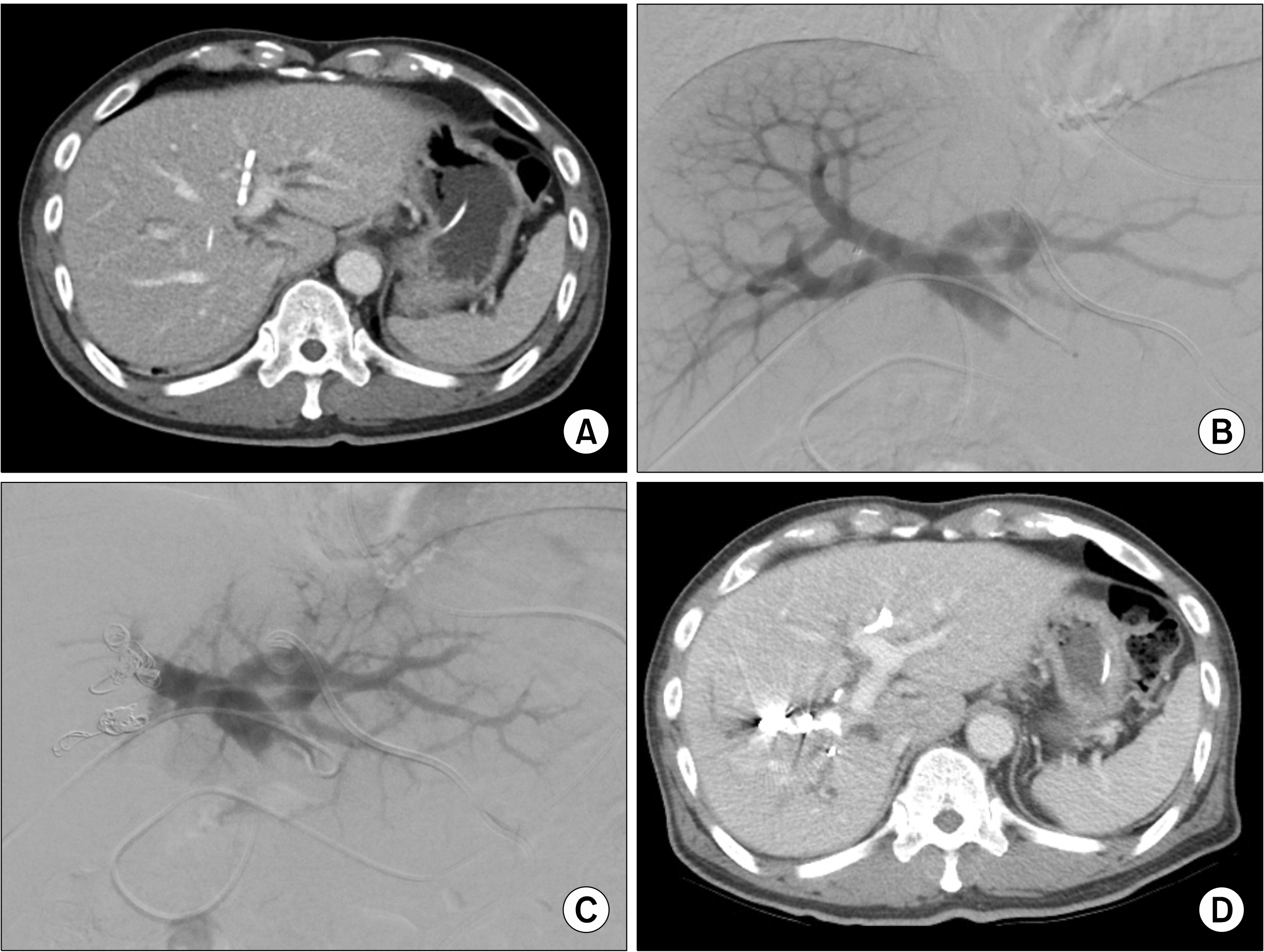




 PDF
PDF Citation
Citation Print
Print



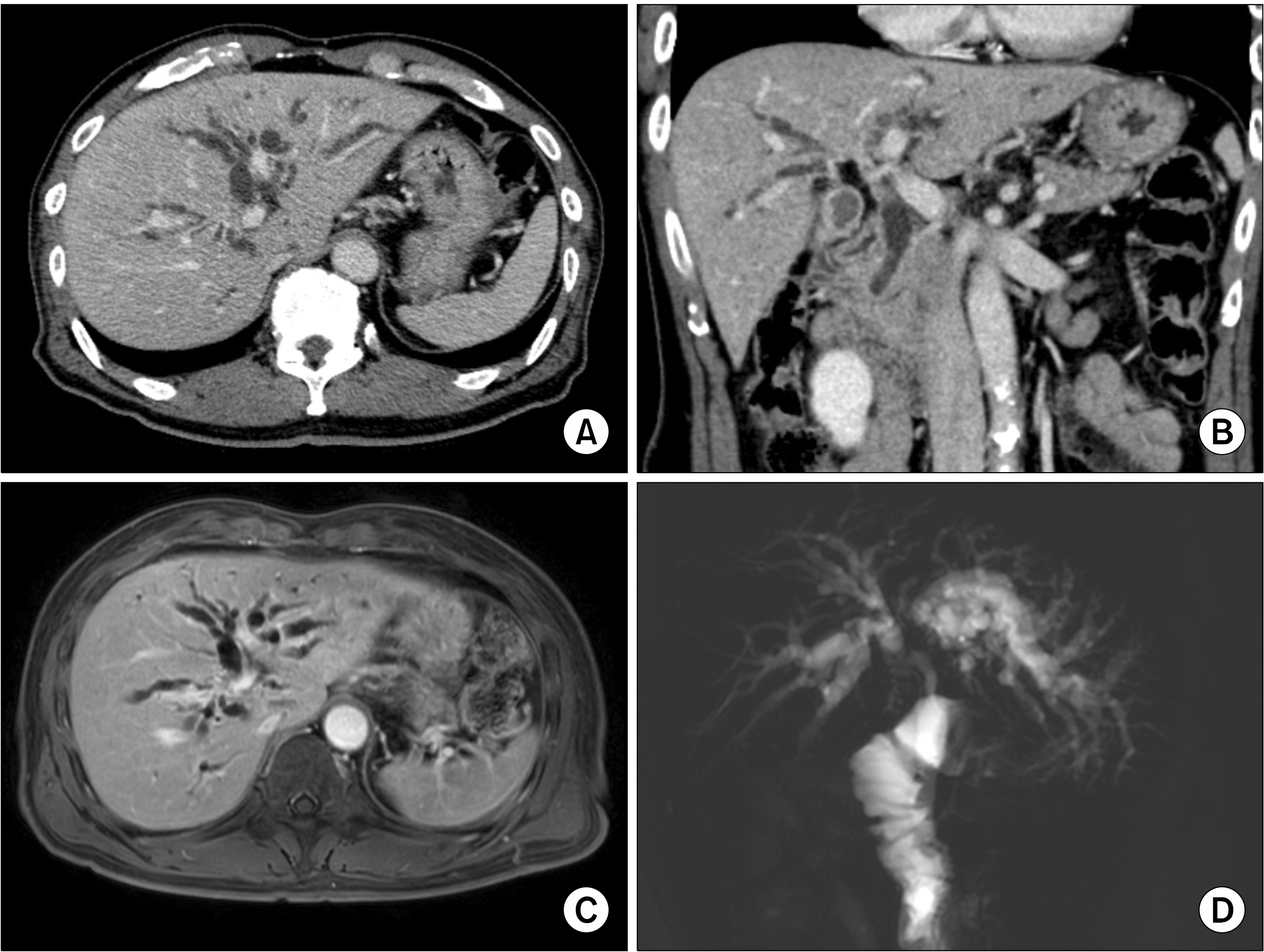
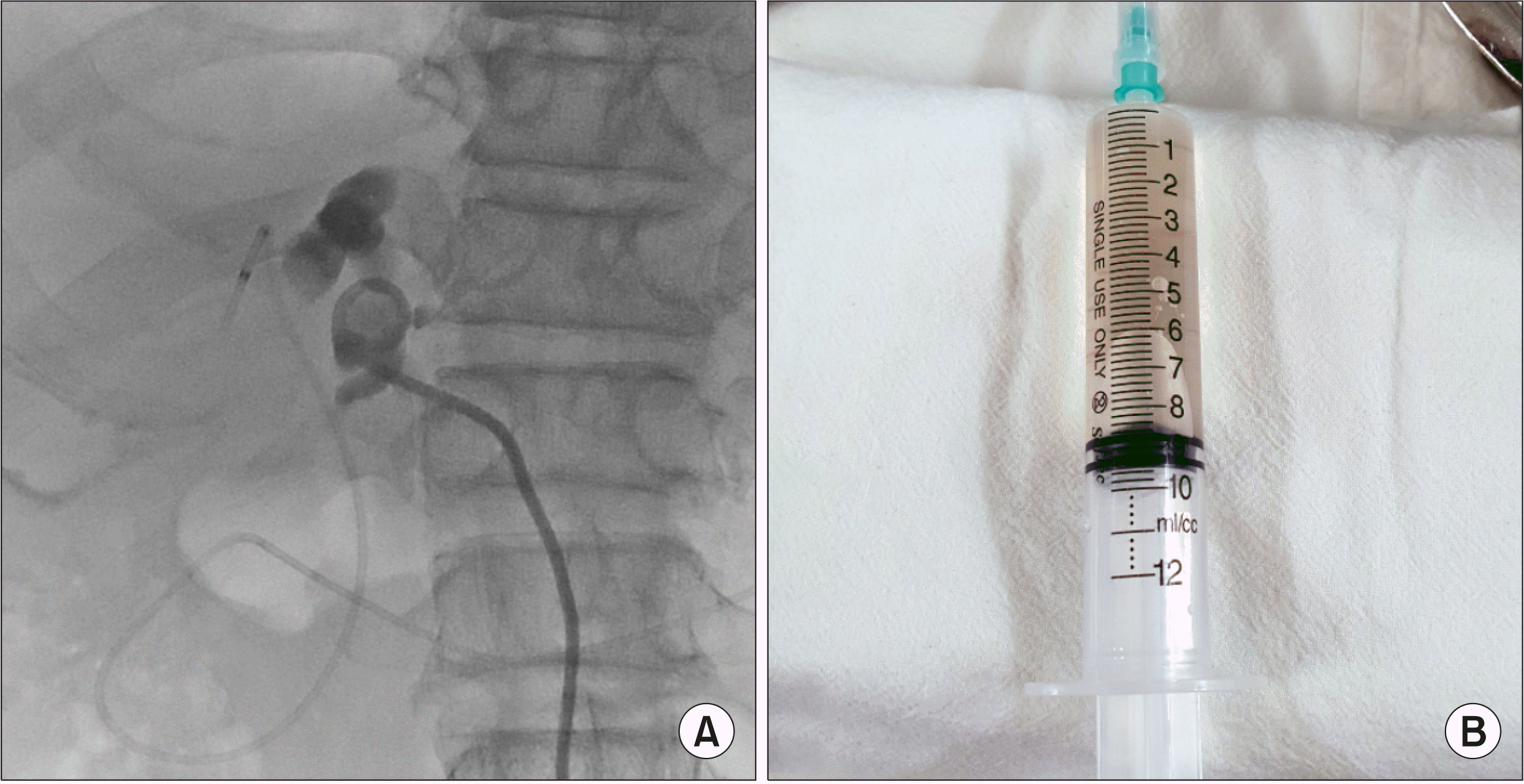
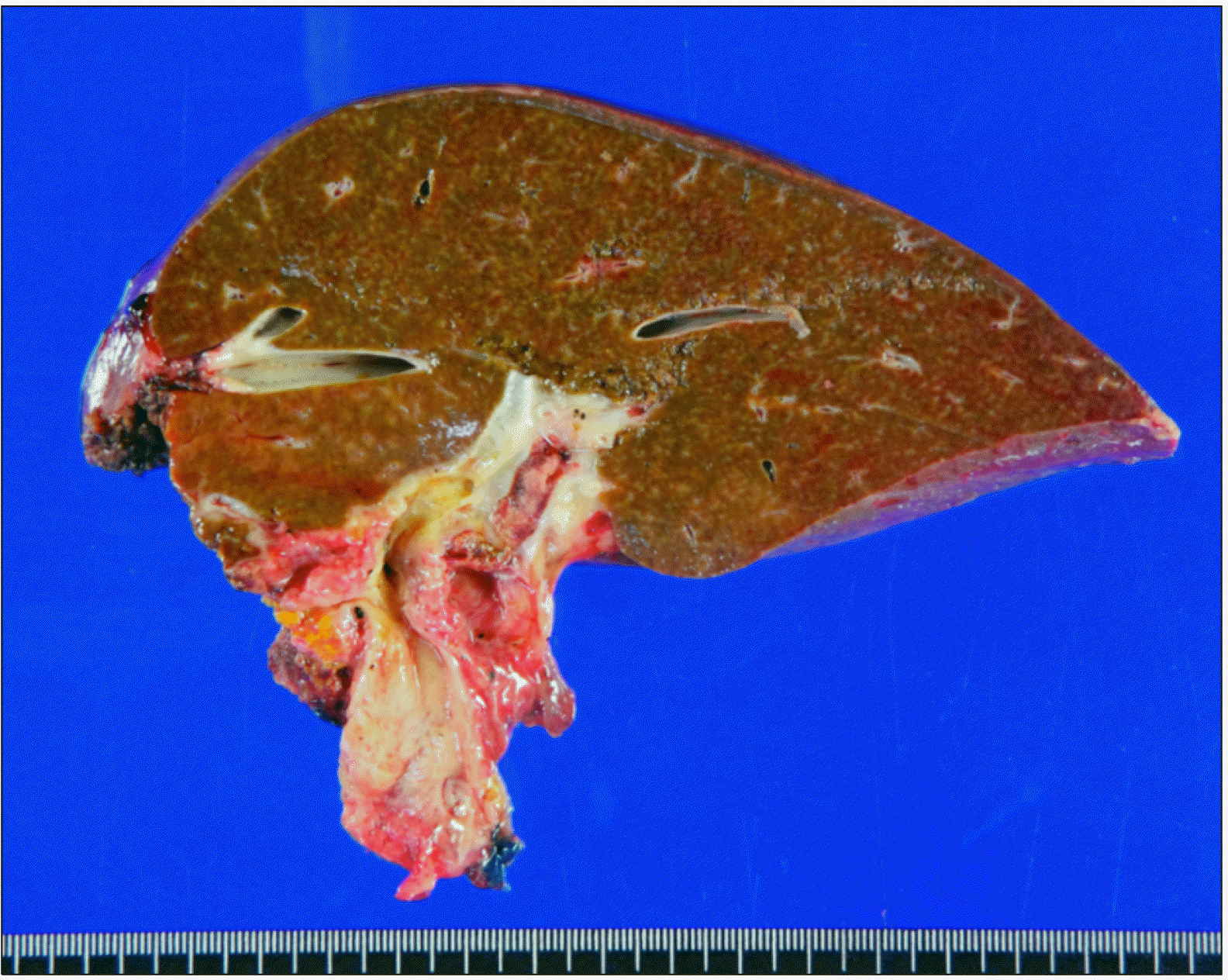
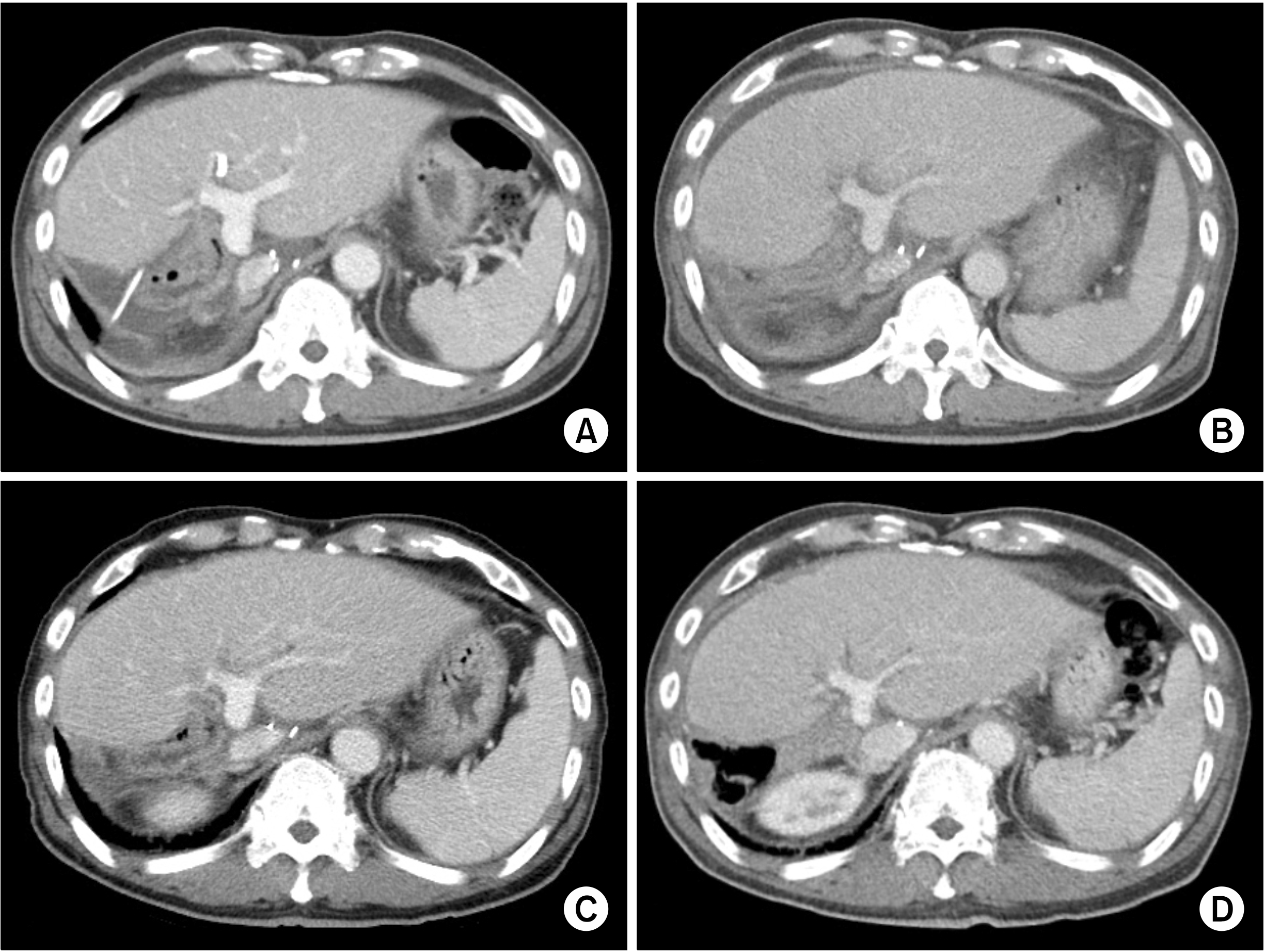
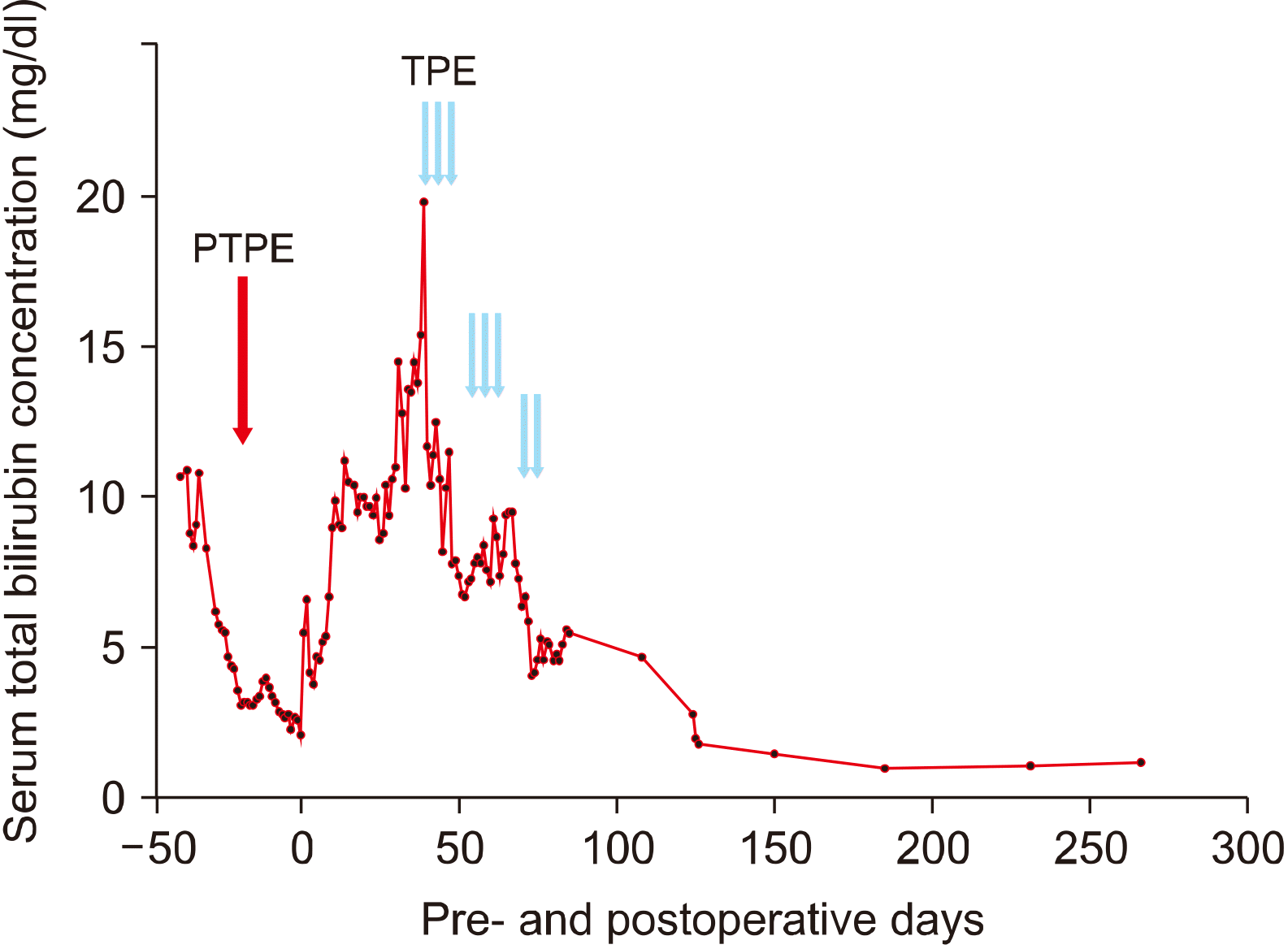
 XML Download
XML Download